Lección 3: El Universo/ Lesson 3: The Universe
Es un placer estar aquí como su tutora. Espero que las clases sean de su agrado y puedan aprender mucho más sobre nuestro hogar, el Planeta Tierra.
Para esta tercera lección, se conocerá el origen y elementos del universo.
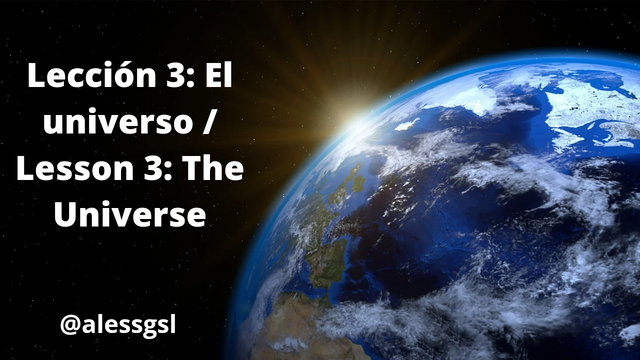

¿Qué es el universo?
El universo es aquel espacio considerado como el sistema mayor y que aún no ha sido estudiado del todo por el ser humano. Esta conformado por galaxias, el sistema Solar, estrellas, agujeros negros, materia intergaláctica, entre otros.
Origen del Universo
Existen variadas teorías sobre el origen del Universo, siendo unas de ellas las siguientes:
Teoría del Big-Bang
Es la teoría más aceptada por los científicos y consiste en que hace aproximadamente 15 mil millones de años, toda la energía y materia estaba concentrada en un punto muy pequeño y que por desequilibrio estalló, liberando materia y energía en todas direcciones. De esta manera se dió origen al universo.
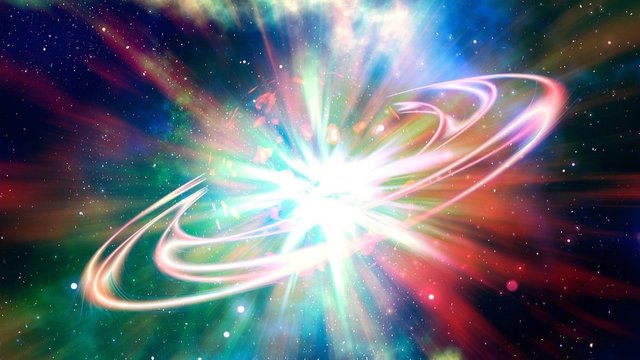
Teoría de la creación
Esta teoría también es ampliamente aceptada, sobre todo en el ámbito de la religión. Consiste en que el Universo y todo lo que conocemos fue creado por Dios durante 7 días. Antes de esos días, Dios creó los cielos y la tierra. Después empezó a crear los demás elementos en este orden:
✔En el primer día creó la luz.
✔En el segundo día creó el firmamento.
✔En el tercer día creó la tierra, mar y la vegetación.
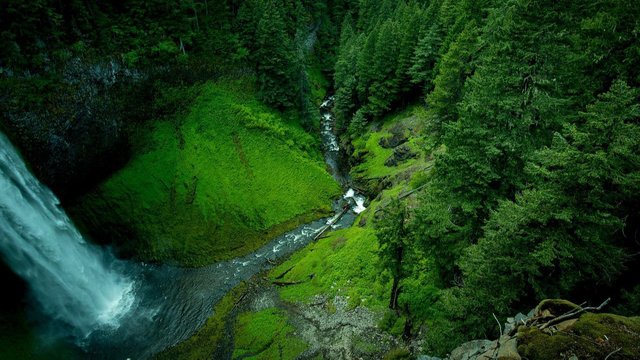
✔El cuarto día creó el Sol, la Luna y las estrellas.
✔En el quinto día creó las aves y los animales acuáticos.
✔El sexto día creó a los animales terrestres y al ser humano.

✔Y en el último día, Dios terminó su obra y descansó.
Elementos del Universo
Los elementos más relevantes son los siguientes:
1. Estrellas: Son cuerpos celestes que se originan por gases muy calientes. Las estrellas emiten luz visible como consecuencia de las reacciones nucleares que ocurren dentro de ellas. A pesar de que parecieran estar estáticas, se mueven a grandes velocidades, pero al estar muy distantes, no se visualiza en tiempos cortos.
2. Galaxias: Es una agrupación de miles de millones de estrellas que orbitan gravitacionalmente alrededor de un centro (generalmente un agujero negro). Pueden tener muchísimas formas: de elípse, espiral o incluso de formas irregulares.
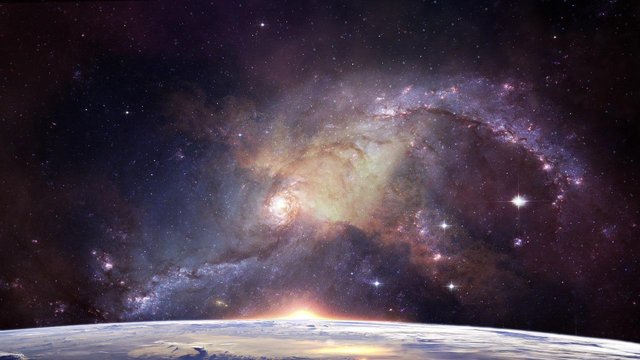
3. Constelaciones: Corresponde a un conjunto de estrellas cuya forma de agrupación no varía y se relaciona con un nombre mitológico. Algunas de ellas son: Orión, Tauro y Osa mayor.
4. Planetas: Son cuerpos celestes sólidos que no emiten luz y gravitan alrededor de una estrella. El sistema Solar cuenta con 8 planetas cuya estrella es el Sol. Anteriormente eran 9, pero Plutón en el año 2006 perdió la categoría de "Planeta".
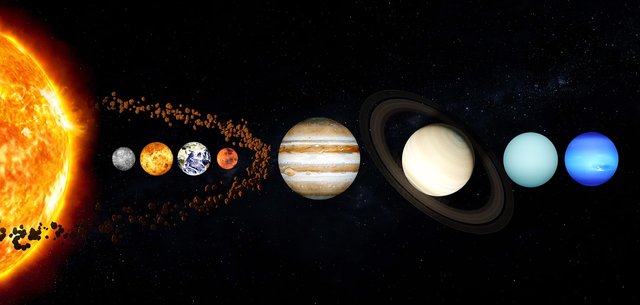
5. Agujeros negros: Según la ciencia, es un espacio que se origina de estrellas muertas. En su interior, existe una gran masa que al provocar un campo gravitacional, atrapa lo que sea, incluso la luz no puede escapar.
6. Satélites Naturales: Son cuerpos celestes que orbitan en torno a un planeta y que se encargan de equilibrar sus órbitas para que tengan la misma dirección. En el caso de nuestro Planeta Tierra, su satélite natural es la Luna.
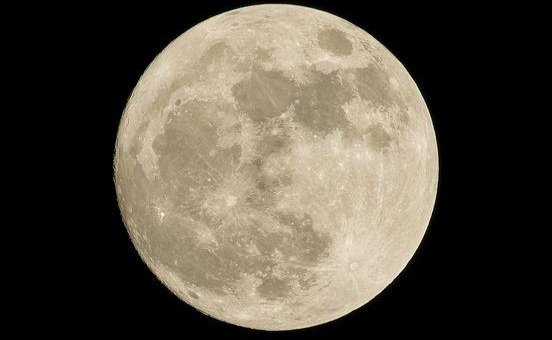
7. Cometas: Son cuerpos celestes de polvo, roca, hielo y otros materiales que orbitan en torno al Sol en forma de elipse.
8. Asteroides: Son cuerpos celestes hechos de roca y muy pequeños que orbitan en torno a planetas como Júpiter y Marte.
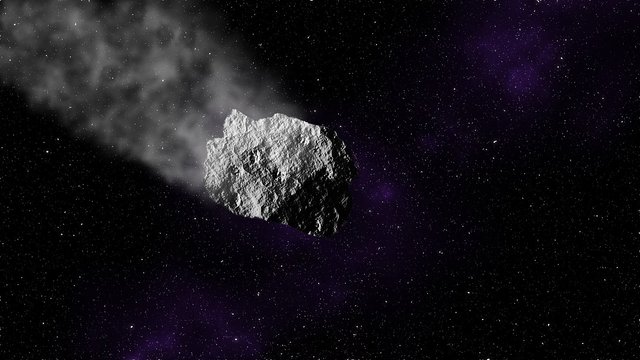

Referencias:
✔ Libro físico. Mi planeta Tierra 2. Autor: Prof. Jorge Lösch. Editorial Salesiana.

Tarea:
Realiza una publicación donde respondas a lo siguiente:
1.¿Qué es el Universo?
2.De las teorías del origen del universo explicadas en esta lección, ¿En cual crees? Justifica tu respuesta.
3.¿Cuales elementos del universo te parecen más interesantes? Justifica tu respuesta

Reglas para realizar tu publicación
1. Realiza tu publicación en la comunidad Steem kids y deja el link en los comentarios de esta publicación.
2. Haz resteem a esta publicación para que llegue a más usuarios.
3. Tu contenido debe ser original. Si utilizas imágenes o información de otros autores, asegurate de colocar las fuentes correctamente.
4. Debes pertener a algún club: club5050, club75 o club100.
5. Debes estar verificado en la comunidad.
6. Tu publicación debe contener mínimo 300 palabras y el uso de la etiqueta steemexclusive y la del club. Te recomiendo utilizar la etiqueta learnwithsteem.
7. Las tareas se aceptarán hasta el vencimiento de esta publicación.

Esta publicación esta configurada para aportar el 10% de las recompensas a la cuenta comunitaria @steemkidss.
Si quieren conocerme pueden visitar el siguiente enlace correspondiente al Logro 1

It is a pleasure to be here as your tutor. I hope that the classes are to your liking and that you can learn much more about our home, Planet Earth.
For this third lesson, the origin and elements of the universe will be known.


What is the universe?
The universe is that space considered as the largest system and that has not yet been fully studied by the human being. It is made up of galaxies, the Solar System, stars, black holes, intergalactic matter, among others.
Origin of the Universe
There are several theories about the origin of the Universe, some of them being the following:
Big-Bang Theory
It is the most accepted theory by scientists and it consists in that approximately 15 billion years ago, all the energy and matter was concentrated in a very small point and that due to imbalance it exploded , releasing matter and energy in all directions. In this way the universe was born.

Creation theory
This theory is also widely accepted, especially in the realm of religion. It is that the Universe and everything we know was created by God for 7 days. Before those days, God created the heavens and the earth. He then started creating the other elements in this order:

Source

Source

Source

Source

Source

Source
Thank you very much for your support and feedback!
CC: @ngoenyi
✔On the first day he created light.
✔On the second day he created the firmament.
✔On the third day he created the land, sea and vegetation.

✔On the fourth day he created the Sun, the Moon, and the stars.
✔On the fifth day he created the birds and the aquatic animals.
✔The sixth day created the land animals and the human being.

✔And on the last day, God finished his work and he rested.
Elements of the Universe
The most relevant elements are the following:
1. Stars: They are celestial bodies that originate from very hot gases. Stars emit visible light as a result of nuclear reactions that occur within them. Although they seem to be static, they move at high speeds, but being very distant, it is not visible in a short time.
2. Galaxies: Is a grouping of billions of stars that gravitationally orbit around a center (usually a black hole). They can have many shapes: ellipse, spiral or even irregular shapes.

3. Constellations: Corresponds to a set of stars whose grouping form does not vary and is related to a mythological name. Some of them are: Orion, Taurus and Ursa Major.
4. Planets: They are solid celestial bodies that do not emit light and gravitate around a star. Solar system it has 8 planets whose star is the Sun. Previously there were 9, but in 2006 Pluto lost the category of "Planet".

5. Black holes: According to science, it is a space that originates from dead stars. Inside, there is a large mass that, by causing a gravitational field, traps anything, even light cannot escape.
6. Natural Satellites: They are celestial bodies that orbit around a planet and that are in charge of balancing their orbits so that they have the same direction. In the case of our Planet Earth, its natural satellite is the Moon.

7. Comets: They are celestial bodies made of dust, rock, ice and other materials that orbit the Sun in the shape of an ellipse.
8. Asteroids: They are very small celestial bodies made of rock that orbit around planets like Jupiter and Mars.


References:
✔ Physical book. Mi Planeta Tierra 2. Author: Prof. Jorge Lösch. Salesiana editorial.

Task:
Make a post responding to the following:
1.What is the Universe?
2. In which theory of the origin of the universe explained in this lesson do yo believe? Justify your answer.
3.Which elements of the universe do you find most interesting? Justify your answer

Rules for making your publication
1. Make your post in the Steem kids community and leave the link in the comments of this post.
2. Please resteem this post to reach more users.
3. Your content must be original. If you use images or information from other authors, make sure to place the sources correctly.
4. You must belong to a club: club5050, club75 or club100.
5. You must be verified in the community.
6. Your publication must contain a minimum of 300 words and the use of the steemexclusive tag and the club tag. I recommend using the learnwithsteem tag.
7. Assignments will be accepted until the expiration of this post.

This post is set to contribute 10% of rewards to the @steemkidss community account.
If you want to know me you can visit the following link corresponding to Achievement 1
My entry: https://steemit.com/hive-139765/@ibtisamwaqas/our-beautiful-universe
Good job dear student!
Me encantó esta gran clase Alessandra, como siempre nos presentas gran contenido sobre el Planeta, para el aprendizaje.
Las estrellas, planetas, agujeros negros, constelaciones... Todo es maravilloso y esta en nuestro universo.
Buen trabajo ¡Éxitos!
Muchas gracias!! Me alegro mucho que te haya gustado este contenido 🤗 el universo es maravilloso y muy interesante. Bendiciones
Excelente post muy educativo para los más pequeños y ¿por que no? para los más grandes. La creación del Universo, su origen es todo una controversia. Todas las teorías son válidas. Saludos y mucha suerte.
Muchas gracias por sus palabras. Así es, todos podemos aprender de las Ciencias de la Tierra. Si, de hecho hay más teorías, pero para la clase, decidí hablar de las más relevantes.
Muchas gracias por tus deseos 😃 bendiciones
Excelente lección sobre el Universo. No sabía que Plutón había perdido la categoría de planeta. Es increible que la luz no pueda escapar de un agujero negro, realmente es muy interesante todo lo relacionado a este tema.
Creo firmemente en la teoría de la creación. Me encantó leerte. Te deseo mucho éxitos. Dios te bendiga. Feliz madrugada.🙏🌻💚
Muchas gracias! Me alegro muchísimo que hayas aprendido algo nuevo con esta publicación. La fuerza gravitacional de los agujeros negros es tan grande que la luz no puede escapar, es bastante interesante realmente.
Igualmente yo creo en la creación, pero respeto las postura de cada quién. Muchas bendiciones igualmente 🙏
Thank you for contributing to #LearnWithSteem theme. This post has been upvoted by @Reminiscence01 using @steemcurator09 account. We encourage you to keep publishing quality and original content in the Steemit ecosystem to earn support for your content.
Regards,
Team #Sevengers
¡Muchas gracias por el apoyo!
Gracias Alessandra por compartirnos esta informaciòn. El universo es algo que siempre me a llamado la atención, cada vez que puedo busco información acerca de el, me agrada también el bello espectáculo visual que nos deja las imágenes del universo. Saludos amiga :)
Hola amigo, muchas gracias por tu visita!! El universo es muy impresionante e interesante y más aún cuando quedan muchas cosas por descubrir. Me alegro mucho que te hayan gustado las imágenes y el contenido. Saludos!!
Muy buena lección mi querida Aless, como siempre nos presentas contenido de calidad y sumamente educativo. Éxitos 💜
Muchas gracias Carlita ❤ éxitos igualmente para ti!!